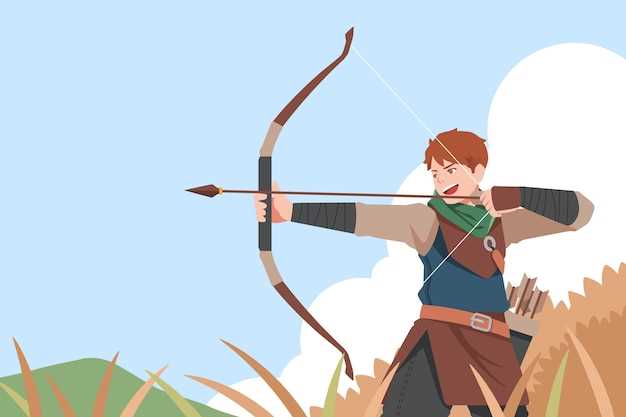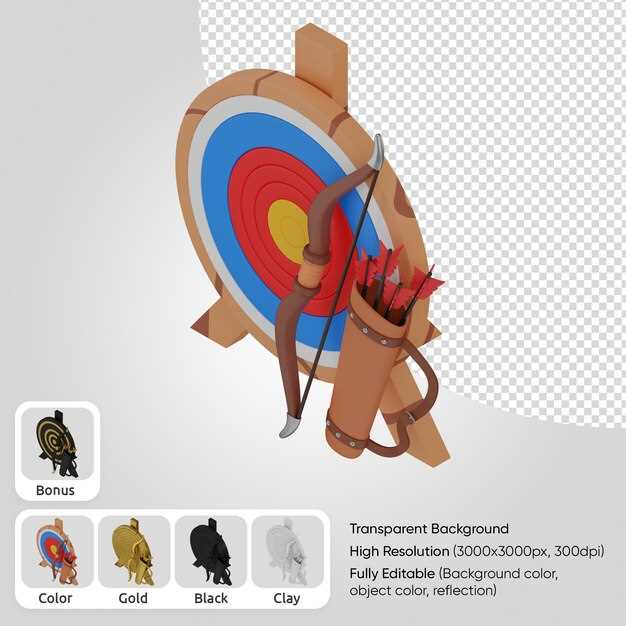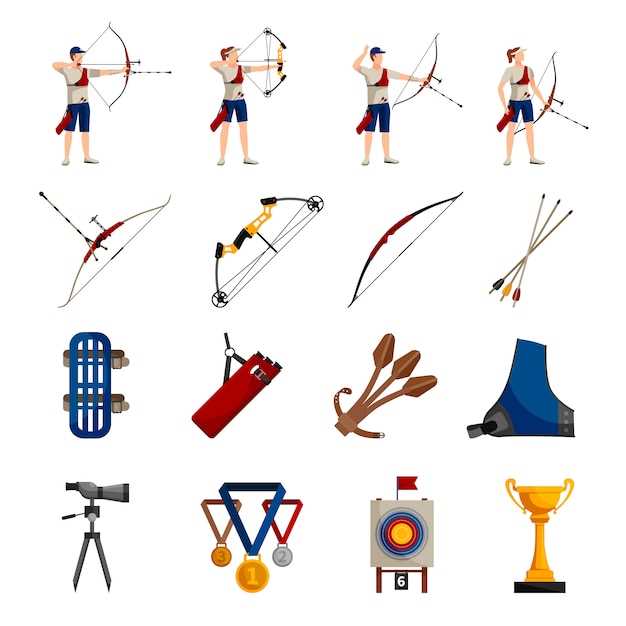
Entering the realm of 3D archery tournaments can be both exhilarating and intimidating for newcomers. The unique challenges of shooting at life-sized animal targets located in varied terrains require thorough preparation. Understanding the nuances of the sport, including the necessary equipment, scoring system, and range etiquette, is essential for a successful first experience in the tournament setting.
Effective preparation begins with selecting the right gear. This includes your bow, arrows, and personal accessories such as a quiver and protective arm gear. Equally important is ensuring that your bow is properly tuned and your arrows are well-matched to your shooting style. Familiarizing yourself with your equipment allows for greater confidence as you approach the competition.
Beyond equipment, practical skills such as distance estimation and shot execution become crucial on the day of the tournament. Practicing in environments that simulate the real conditions of a 3D archery course will enhance your ability to adapt to varying distances and angles. Mental preparation is just as important; developing a focused mindset can help you perform under the pressure of competition.
Choosing the Right Gear for 3D Archery Competition
In 3D archery competitions, selecting the appropriate gear is crucial for performance and comfort. The right equipment can greatly influence your accuracy and overall experience during the event.
Bow Selection: The bow is the most critical piece of equipment. Choose between recurve, compound, or traditional styles based on your skill level and personal preference. Compound bows offer precision and adjustability, while recurves are known for simplicity and classic appeal. Make sure the draw weight suits your physical capabilities and allows for consistent shooting.
Arrows: Arrows should be matched to your bow and shooting style. Aim for shafts that are both durable and appropriately sized for your draw length. Consider factors like spine stiffness and weight, as they can significantly impact flight characteristics. Broadheads or field points should be chosen based on the type of targets used in 3D archery.
Quiver: A solid quiver is essential for holding your arrows securely while moving through the course. Look for one that is lightweight yet sturdy, with enough capacity to carry your arrows without being cumbersome.
Sight and Stabilizers: Accurate sights enhance your aim. Fixed pin sights or movable sights cater to different preferences, so choose one that you are comfortable adjusting. Stabilizers help balance the bow and reduce vibration, leading to improved shot consistency; find one that complements your setup.
Release Aid: A quality release aid ensures a smooth release and enhances accuracy. There are several types available, including handheld and wrist-activated releases. Test different options to find which allows for the most controlled release.
Clothing and Footwear: Wear comfortable clothing that allows for ease of movement and is suitable for varying weather conditions. Layering is a smart strategy, especially during outdoor tournaments. Footwear should provide good traction and support, especially if the terrain is uneven or slippery.
Field Accessories: Other useful items include a rangefinder for estimating distances to targets, a comfortable stool for waiting, and a hydration system to keep you refreshed throughout the competition.
Ultimately, choosing the right gear for 3D archery competition requires careful consideration of your personal preferences and shooting style. Take the time to test different equipment to ensure you are fully prepared for a successful event.
Developing Your Shooting Practice Routine

Effective preparation is key to excelling in your first 3D archery tournament. A well-structured shooting practice routine will help you build consistency, improve accuracy, and boost your confidence on the course.
Start by setting aside dedicated practice time each week. Aim for at least three sessions, each lasting 1-2 hours. This frequency will help you develop muscle memory and enhance your overall shooting technique.
Begin your practice by warming up. Spend the first 10-15 minutes performing stretches and light exercises to prepare your body for shooting. This can prevent injuries and improve your range of motion.
Next, focus on your form. Spend time on the fundamentals: stance, grip, anchor point, and follow-through. Use a mirror or recording device to analyze your technique. Consistency in these areas is crucial for your success in 3D events.
Incorporate various distances into your practice sessions. Set up targets at differing ranges to simulate the conditions of a 3D tournament. This will challenge your accuracy and help you adjust your sighting for different distances.
Practice with a purpose. Set specific goals for each session, such as achieving a certain number of bullseyes or reducing your shot time. This focused approach will enhance your skills more effectively than random shooting.
Mix in specialized drills that focus on critical aspects of shooting. For instance, practice shooting from different angles or while walking, as 3D tournaments often involve unique shooting positions.
Finally, don’t forget to track your progress. Maintain a practice journal to record your scores, conditions, and notes on what worked well and what didn’t. This reflection will inform your future sessions and aid in your preparation strategy.
With a disciplined and thoughtful practice routine, you’ll find yourself well-prepared for your first 3D archery tournament, ready to showcase your skills and enjoy the competition.
Understanding Tournament Rules and Scoring Systems

In 3D archery tournaments, understanding the specific rules and scoring systems is crucial for success. Each tournament may have its unique regulations, but there are common fundamentals that participants should be aware of.
Tournament Structure: Typically, a 3D archery tournament consists of several courses featuring life-sized, 3D animal targets. Competitors navigate these courses in groups, shooting at each target from predetermined distances. Familiarizing yourself with the layout and order of shooting can give you a competitive edge.
Rules of Engagement: Participants must adhere to rules regarding equipment, attire, and behavior during the event. Different tournaments may allow specific types of bows, arrows, and accessories, so it’s essential to check the equipment regulations beforehand. Sportsmanship is also emphasized; any unsportsmanlike conduct can result in penalties or disqualification.
Scoring Methodology: Scoring in 3D archery often employs a point-based system where each target has designated scoring zones. Typically, the highest score is awarded for hitting vital areas on the target, while lower points are given for peripheral hits. Some tournaments may utilize either a ‘max points’ system or a ‘total points’ system, and knowing the differences is vital for strategizing your shots.
Scoring Zones: Most targets feature multiple scoring zones, often including values such as 10, 8, and 5 points, depending on the difficulty and placement of the shot. Familiarizing yourself with the target’s scoring zones will help you aim for higher points, maximizing your total score throughout the event.
Final Tally: After all rounds are complete, individual scores are totaled. The competitor with the highest accumulated points is declared the winner. In case of ties, some tournaments may have tiebreaker rules in place, such as a shoot-off or comparing the number of higher scoring hits.
Understanding these elements is essential for any archer preparing for their first 3D tournament. Being knowledgeable about the rules and scoring systems not only enhances your competitiveness but also enriches the overall experience of participating in archery events.


